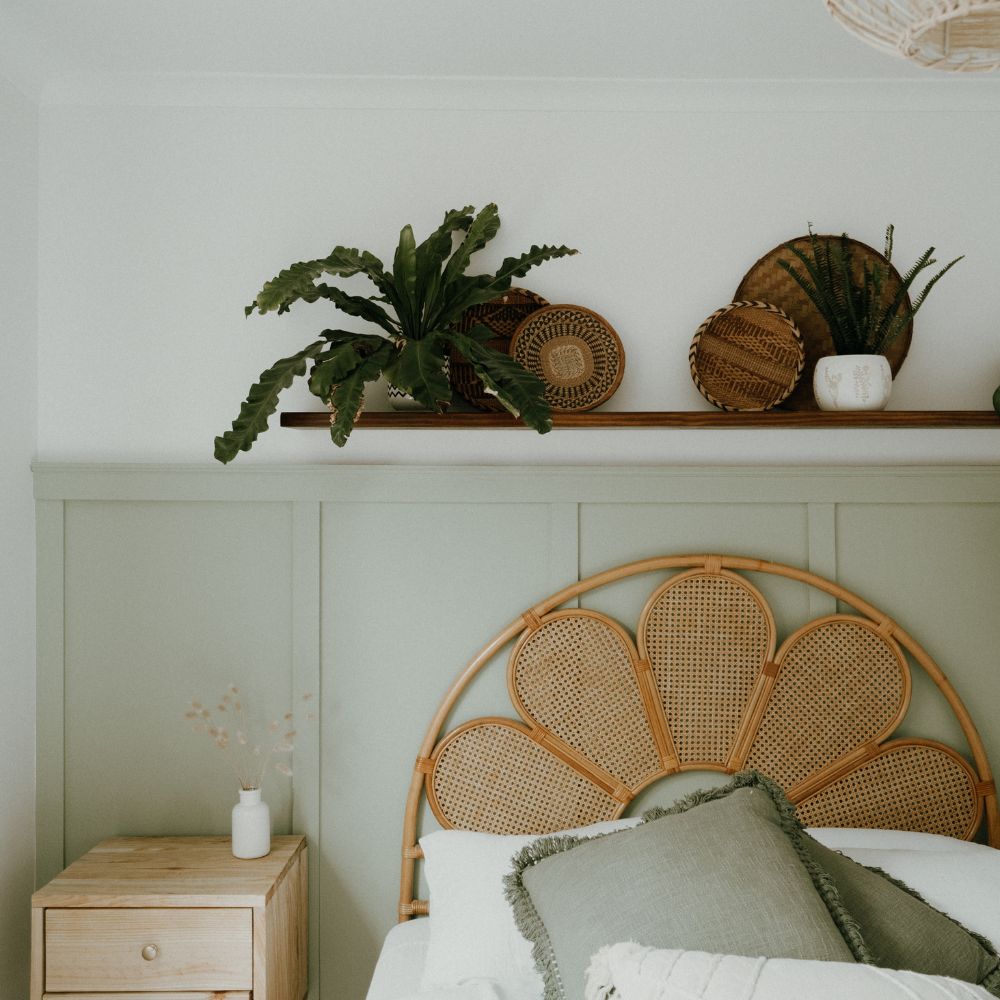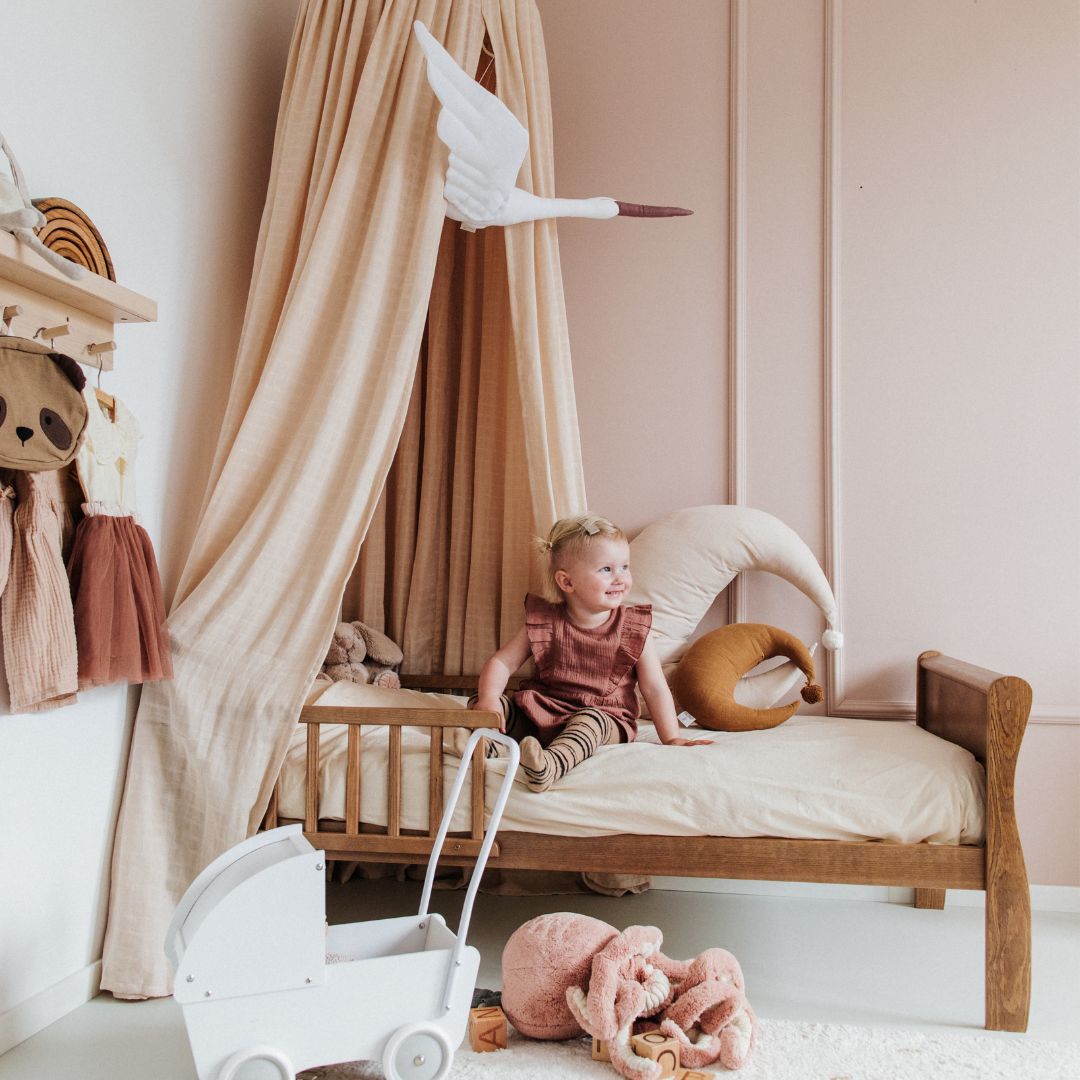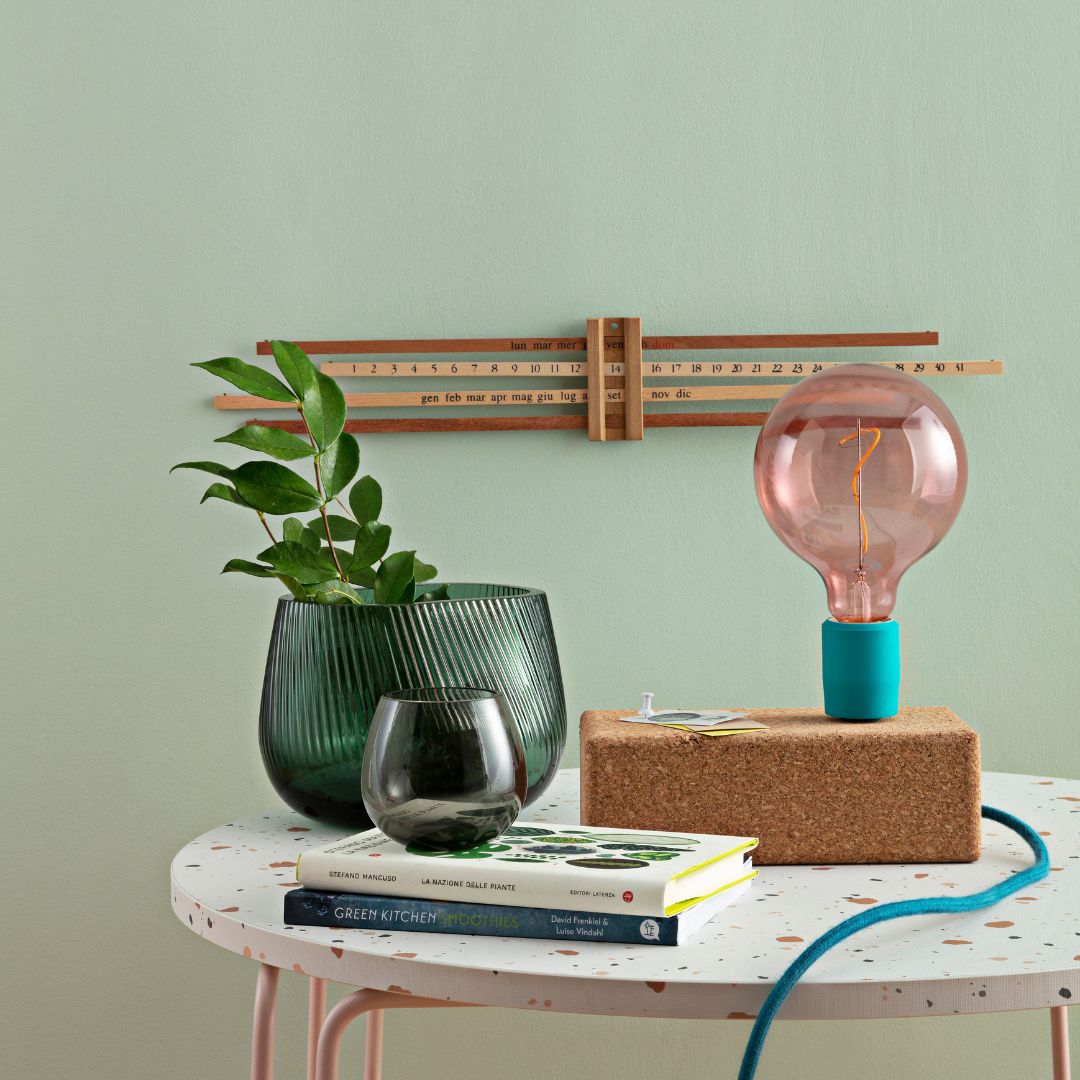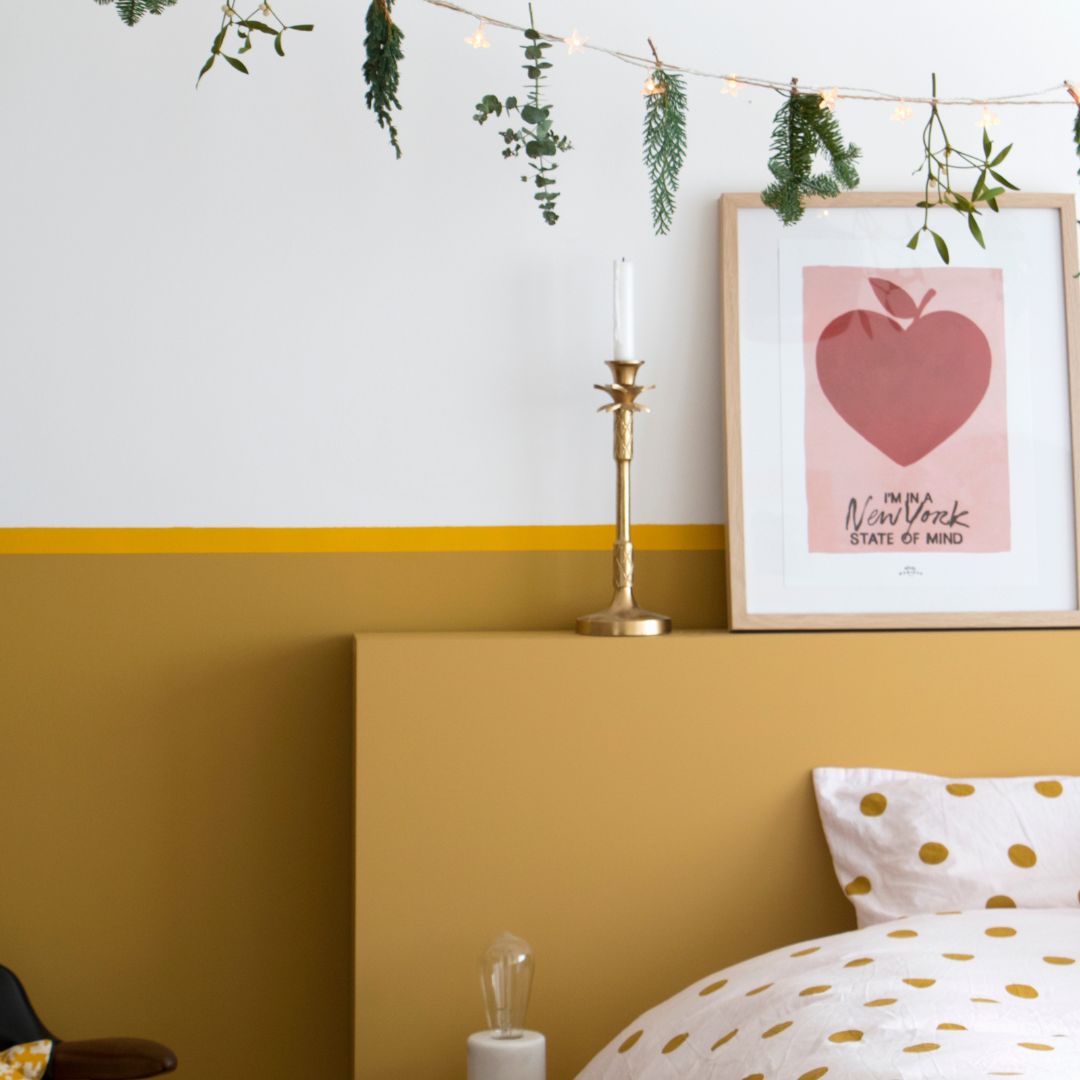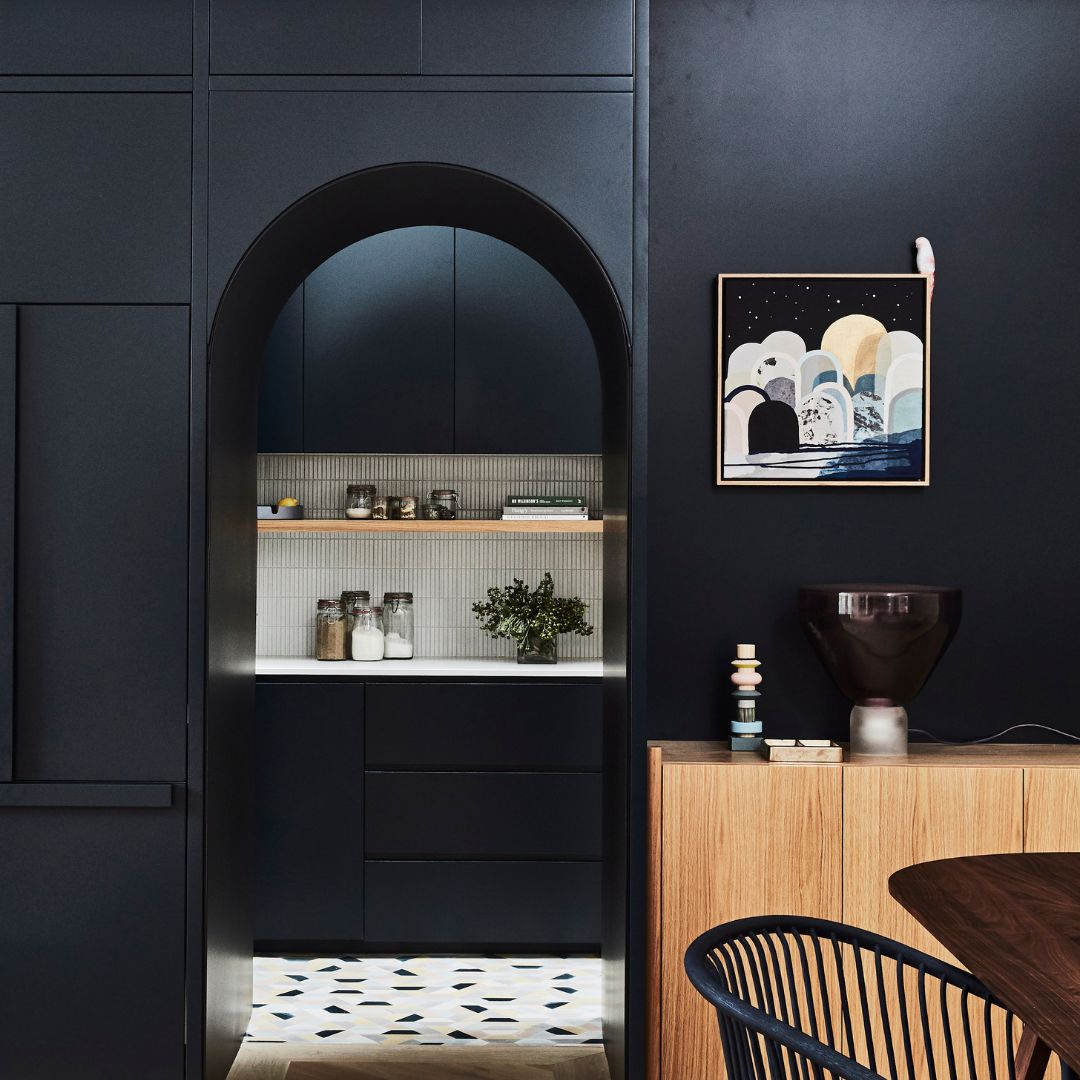As mentioned in several guides, painting or repainting your kitchen and bathroom can be different from other rooms, especially because they are damp rooms and precautions must be taken before painting. It is generally accepted that a satin finish is important for painting the walls of rooms in the house and that ceilings should be painted with matte paints. Yes, but a matte finish is not necessarily the most suitable for damp rooms: so what finish should you use on ceilings?
We will not only address the aesthetic aspect, but also all the criteria related to the finishes such as, for example, the longevity of the paint, resistance to humidity and water and food splashes. The choice of paint is therefore essential to maintain good durability over time.
This is a crucial aspect in which we will help you choose the right finish for your kitchen between matte, satin and velvet.
What type of paint should I apply to the kitchen ceiling?
For your kitchen ceiling, we strongly recommend using an eco-friendly paint. The vast majority of these paints already offer a washable satin finish that will meet all the characteristics a kitchen can offer. There are other, more conventional types of paint, such as oil-based or acrylic paints, which are still used in wet rooms like kitchens or bathrooms. Whether on walls or ceilings, it's important to know that these paints are still composed of more than 60% petrochemical elements and are therefore not natural.
You can therefore use Algo paints at a price that isn't necessarily higher than that of acrylic paints sold on our website. You can choose from a stock of over 100 shades, whether you want to apply white or color.
The criteria that will help you decide on the finish to apply
The kitchen is a unique room in the house and may be subject to less conventional usage conditions than others. Appearance is therefore the main criterion for deciding and ensuring the technical criteria for ensuring the proper aging of the paint on your kitchen ceilings.
We systematically mention this to our clients, but humidity is the first criterion that requires vigilance in a kitchen. Indeed, cooking vapors, condensation, and water points make the kitchen a room in which exposure to humidity is frequent and daily.
For this purpose, satin finishes offer the best possible resistance to moisture. In other words, a satin ceiling paint will prevent damage from frequent condensation. Its smooth appearance, which is not necessarily found on matte or velvet, helps create a form of impermeable surface with which moisture and water droplets will not penetrate the paint.
The kitchen is a room where we will by definition cook, and therefore the appearance of the ceiling will also have an influence on the use that we will make of the kitchen: between dust, grease stains, stains due to splashes or even condensation linked to the heat of cooking: you need a finish that can easily clean the hazards related to the use of the kitchen. The satin finish will be the most suitable for being maintained on the ceilings of a humid room.
When it comes to kitchen maintenance, satin is once again the unanimous choice. Its resistance to friction will be greater, and you will therefore be able to clean your kitchen ceiling more regularly with a satin finish, compared to any other aspect, although basically and for conventional rooms in the house, matte is the recommended material for ceilings.
Finishes according to their aesthetics
While we strongly recommend using a satin finish for your kitchen ceiling and walls, it's true that other aspects will impact the aesthetics of your home. While aesthetics are important, we recommend using it only on the walls of your home and keeping the satin finish on the ceiling for the reasons mentioned above.
The matt: for sobriety
Matte absorbs light and doesn't necessarily diffuse it. It's therefore muted and discreet. As mentioned previously, matte is less resistant in a kitchen, particularly when it comes to stains and splashes. While matte is washable, it won't be washable like velvet or satin paint.
The satin will reflect the light
Satin has a slight sheen and will reflect light beyond its undeniable aesthetic. Matte will be the most durable finish for your kitchen interior.
Apply it and don't worry about cleaning for kitchens that will be used a lot. An intermediate paint finish like velvet can also be a good choice since it will combine the washable aspect of satin with the light reflection of this same finish, to a lesser degree, since it is an intermediate between matte and satin.
